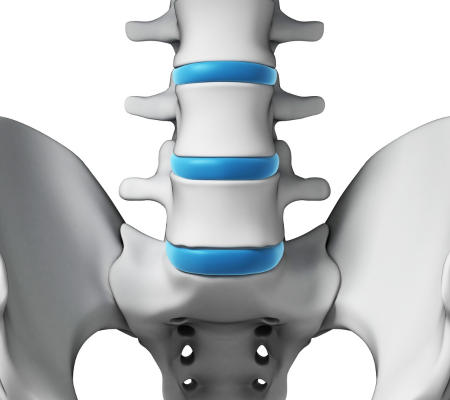ALIF stands for Anterior Lumbar Interbody Fusion.
It is a surgical procedure used to treat certain spinal conditions in the lumbar (lower back) region. ALIF involves accessing the spine from the front (anterior) of the body to remove damaged or diseased discs and fuse the adjacent vertebrae together. The procedure aims to relieve pain, stabilize the spine, and improve spinal alignment.
Here is an overview of the ALIF procedure:
Anesthesia:
The surgery is typically performed under general anesthesia, meaning you will be asleep and pain-free during the procedure.
Incision:
An incision is made in the abdomen, typically on the left side, to gain access to the front of the spine. The size of the incision may vary depending on the specific case.
Disc Removal:
The damaged or diseased disc between the affected vertebrae is removed, relieving pressure on nearby nerves and spinal cord. This is done to address conditions such as degenerative disc disease, disc herniation, or instability.
Bone Graft:
To promote fusion between the adjacent vertebrae, a bone graft is placed in the empty disc space. The graft may be taken from the patient’s own bone (autograft) or obtained from a donor (allograft). The bone graft serves as a scaffold for new bone growth and eventual fusion.
Implant Placement:
In some cases, a metallic or synthetic implant, such as a cage or spacer, may be inserted into the disc space. This implant helps to maintain disc height, spinal alignment, and stability during the fusion process.
Closure:
The incision in the abdomen is closed with sutures or staples. Sometimes, absorbable sutures or skin glue may be used to close the incision.
ALIF is considered advantageous because it allows for direct access to the spine from the front, which avoids the need to disturb back muscles, nerves, and blood vessels. This can potentially result in less postoperative pain and a faster recovery compared to traditional posterior approaches.
Following the ALIF procedure, you will typically stay in the hospital for a few days for monitoring and pain management. Physical therapy and rehabilitation may be recommended to help regain strength, flexibility, and mobility. Full recovery and fusion between the vertebrae may take several months.
As with any surgical procedure, ALIF carries risks and potential complications, including infection, bleeding, nerve or blood vessel injury, graft failure, or pseudarthrosis (failed fusion). Your surgeon will discuss these risks with you before the procedure and provide guidance on postoperative care and activity restrictions.
It is important to consult with a spine surgeon or orthopedic specialist specializing in spinal conditions to determine if ALIF is the appropriate treatment option for your specific condition. The surgeon will evaluate your case, consider your overall health, and discuss the potential benefits, risks, and alternatives of the procedure. At Alabama Bone and Joint Clinic our spine specialist will guide you through your treatment options. Call today to schedule an appointment with our expert in spine care, Winston Capel, M.D. is board certified in neurosurgery and fellowship trained in spinal surgery.

My visit to AL Bone and Joint Clinic was s pleasant visit , wait time was minimal the staff were friendly and knowledgeable. The Dr explained my injury so I could understand . They made me feel comfortable and taken care of.
CEO
I have been seeing Dr. Johnson at Alabama Bone & Joint for a few years now. He has always been professional, knowledgeable and very understanding. He takes time to answer questions and provide as much information as possible to ensure I understand what is going on and what the next steps should be. The staff is always kind and amazing. His nurse Heather is my favorite, she always has a smile and is very caring. I highly recommend.
CEO
Very pleasant experience. Very helpful, provided all answers to questions and information that was needed
CEO

